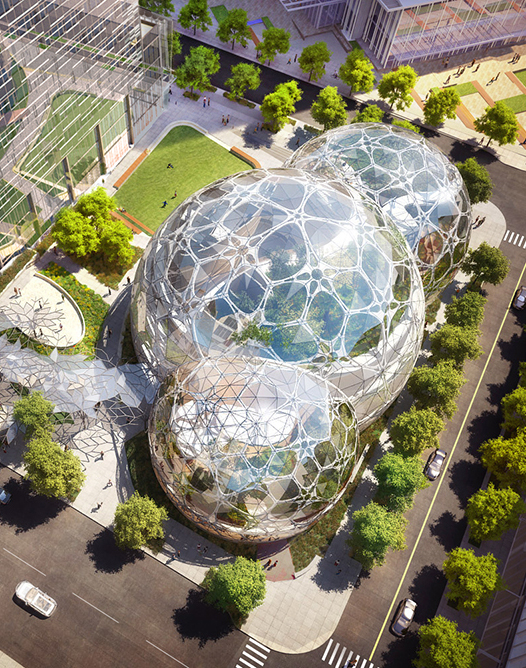
I often view my art/design education as an epic battle between three very different views of how to organize society – ideas that are still very relevant today. In the early 1990s my graduate professors placed an emphasis on cultural awareness and how cultural differences manifest themselves in the things we make and how people behave. At the time it was called critical regionalism. The gist is that we should celebrate differences that emerge from living in different geographical regions or in cohesive people groups. Not only should the expression of these differences be encouraged, but the forces of universalism should be resisted.
Universalism suggests that cultural differences should be restrained in favor of a set of universal values – a “melting pot”, if you will. The belief is that without common values peaceful co-existence is impossible and the lack of shared values leads to chaos and oppression.
The question with universalism is how do we derive these common values? At that time modernism (universalism based on enlightenment values – what can be quantified and measured) was still being re-examined and scrutinized for its perceived deficiencies. Universalism based on religious values was rarely discussed and quickly dismissed. In the 1990’s, the most powerful flavor of universalism was embodied in the international movement. This movement promoted a doctrine of global economic prosperity and projected multi-national financial strength.
The last option was a postmodern position that rejected both critical regionalism and any form of universalism in favor of radical individual autonomy. The idea is to create opportunities for people to continually create “larger and freer selves.” This was accomplished by developing a variety of new identities and challenging or reinterpreting old ones. The postmodernfree agent is ideologically untethered, ambivalent, fragmented, and always on the move. This position allows one to peruse the ideological buffet, select and blend the ideas that best suit the desired outcome at any particular moment.
With the framework of these three competing forces, I have struggled to categorize Amazon’s new Urban Campus situated in downtown Seattle. The new buildings have transformed large portions of the gritty Denny Triangle area
into a shiny corporate streetscape including three bio domes shown here in a NBBJ rendering. The Urban Campus houses close to 40,000 employees and has been described as a neighborhood – albeit for a rather affluent, tight-knit tech community.
The campus speaks clearly to Amazon’s global commercial aspirations while embedding itself within a local community, cloaking itself in regionally sourced materials and employing a variety of sustainable strategies. The organization is also aggressively developing its own cultural distinctiveness within the organization and among its loyal customers. Interestingly, the platform they offer liberates and empowers the individual with reliable access to the global market place — creating a unique digital ecosystem that conforms to the desires and interests of each individual.
My favorite experience while visiting the campus occurred at noon, when hundreds of employees of Indian heritage poured out of the towers to grab some curry from a local food truck before they rushed back to their computer screens. For a brief moment I felt like I was in a real neighborhood. This campus clearly differentiates itself from the other isolated suburban corporate headquarters such as Apple and Google. Amazon’s Urban Campus is undoubtedly a big financial win for the City of Seattle. However, the social and cultural impact this development will have on the city is more difficult to forecast.
